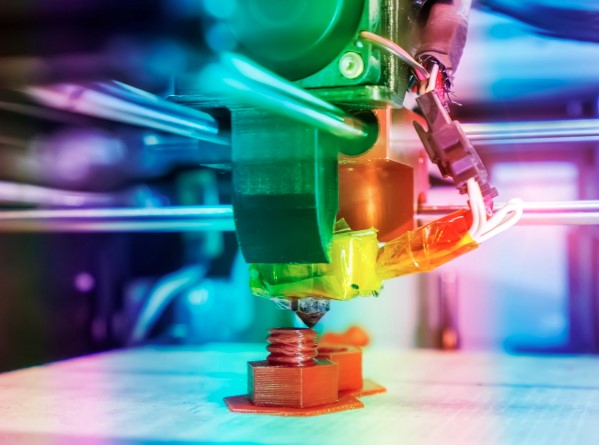By Patti Gander for AssuredPartners
Manufacturing continues to be a topic of discussion across the United States and globally, as the industry still struggles with supply chain disruptions and a shortage of skilled labor. Although there is no crystal ball to accurately predict what will be some of the driving forces in manufacturing, here are some potential key factors facing the industry.
1. Increased adoption of automation and robotics: The shortage of skilled labor and the ever-increasing demand for higher output, lowered costs, and increasing expectations of product quality mean manufacturers will likely look at automation and robotics as a solution. Where automation and robotics have been adopted by the larger manufacturing companies, mid-sized and small manufacturers are beginning to adopt these to overcome pressure and increase their sustainability in the marketplace. Adopting automation will lead to higher productivity, lower costs, and better quality control.
2. Focus on sustainability and environmental responsibility: The manufacturing industry is under increasing pressure to reduce its environmental impact from government regulatory bodies, the newer labor force, and consumers. The industry will likely place a greater emphasis on more sustainable practices, using eco-friendly materials and manufacturing processes.
3. Greater emphasis on customization and personalization: Consumers increasingly demand products tailored to their specific needs and preferences. This increased demand for personalization and customization will cause manufacturers to change their current manufacturing processes, which are not designed to efficiently and effectively produce customized products.
4. Continued growth of additive manufacturing (3D printing): Additive manufacturing, or 3D printing, is becoming more widespread, and it has the potential to revolutionize the manufacturing industry. As this technology continues to develop, we expect to see more companies adopting 3D printing for prototyping, tooling, and production. The increase in additive manufacturing may also be the answer to the growing demand for personalized and customized products.
5. Increased use of data analytics and artificial intelligence: The manufacturing industry has slightly lagged behind other industries in its use of data analytics and artificial intelligence (AI). Manufacturers are beginning to understand how data analysis and AI can help optimize the production processes and improve their supply chain management – seeing these as a method for gaining a competitive edge.
The manufacturing industry will continue to be affected by technological, economic, social, and environmental factors. Manufacturers who embrace innovation will position themselves for future success. Contact AssuredPartners Manufacturing for additional insight.
Share this Post

